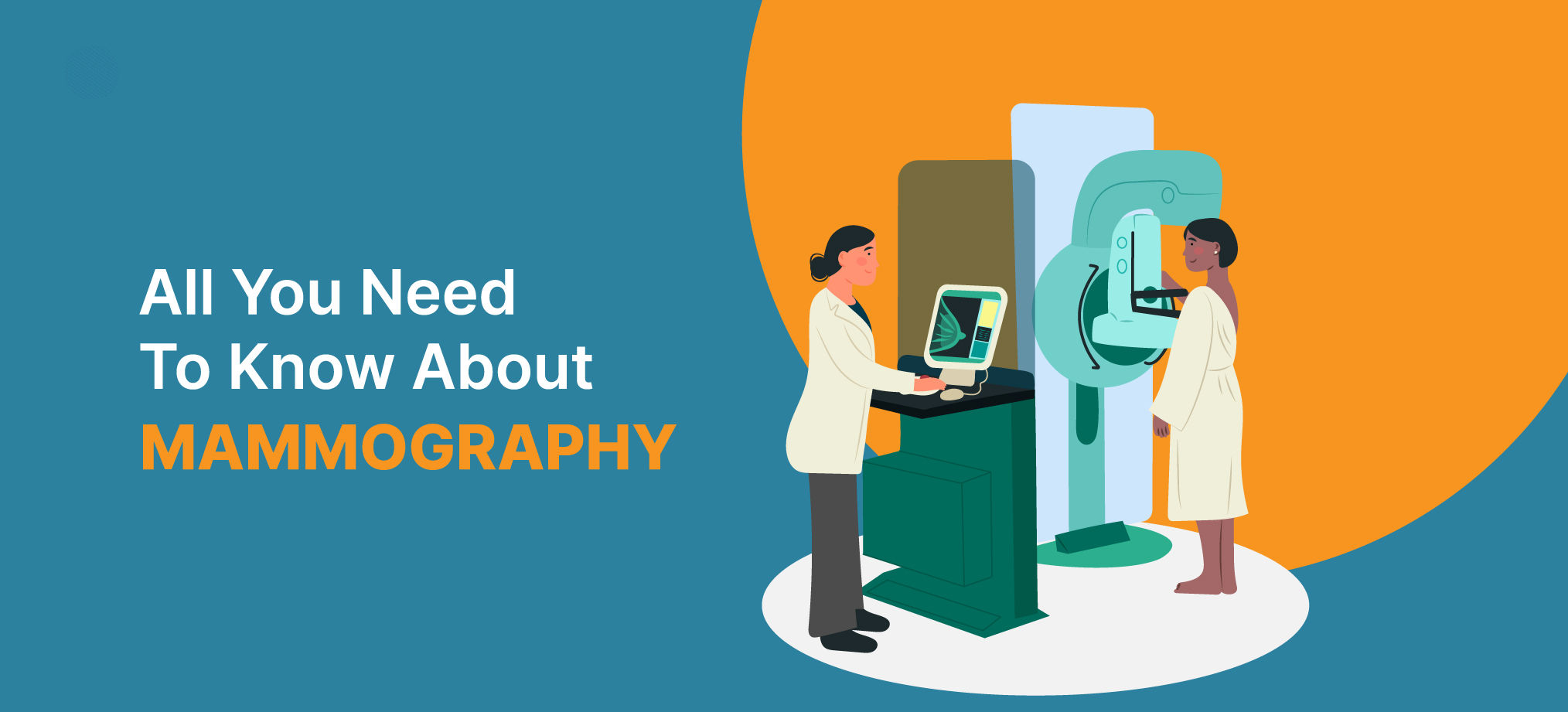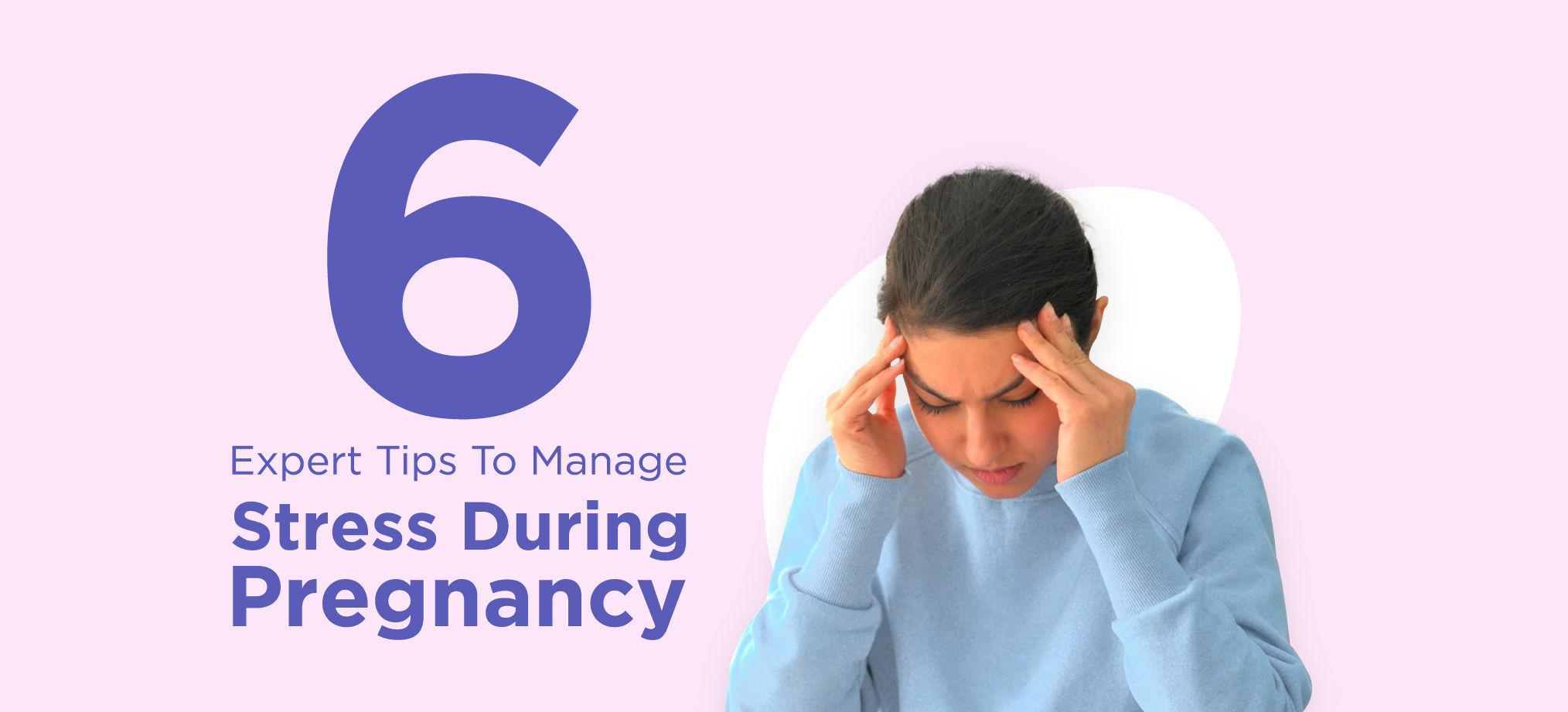Women's Wellness
Dear Ladies, Get This Test Done To Find Out Your Risk Of Breast Cancer
3 min read
By Apollo 24|7, Published on - 21 June 2022, Updated on - 22 May 2024
Share this article
0
0 like

Did you know breast cancer is the most commonly diagnosed cancer in women? As per the World Health Organization (WHO), every year around 2 million new cases of breast cancer are reported across the globe. However, the good news is early detection of breast cancer using an imaging test known as a mammogram can help diagnose it even before the development of symptoms and can enhance the chances of recovery.
What are mammograms?
Mammograms are X-ray scans that can help detect breast cancer in women before they develop any symptoms related to the disease. Mammograms are also used to determine the risk of breast cancer after the detection of lumps or any other changes in the breast during a physical examination. The imaging technique that involves the use of X-rays to examine the breasts is called mammography.
Why is mammography done?
Mammography helps in determining any abnormal changes in the breasts. Depending on the requirement, mammograms are of two types: screening and diagnostic mammograms.
- Screening mammograms: These X-rays are used to detect breast cancer in women with no symptoms or signs. Tumours that cannot be felt and tiny calcium deposits (microcalcifications) can be detected through this test.
- Diagnostic mammograms: These X-rays are used to determine unusual changes in the breasts such as pain, changes in the size or shape, lump, thickening or discharge from the nipples. This is recommended to evaluate abnormalities detected during a screening mammogram.
Recommended reading: The Most Common Cancers Affecting Women
Who should get mammography done?
Every woman should get a mammogram done once every year. However, some women who may require the screening early or more often include:
- Women with changes (mutation) in the BRCA gene (a gene that provides protection against cancer)
- Women with a parent, sibling, child, or close relative with breast cancer.
When should you get a mammogram done?
Doctors suggest that women at or above the age of 40 years should get a mammogram every 1 to 2 years. However, women experiencing signs of breast cancer or at higher risk of developing the disease should get a mammogram frequently or as per their doctor’s advice. The most common signs of breast cancer include:
- Change in the shape or size of one or both the breasts

- Puckering, dimpling (like an orange peel), rash, or redness on the breast
- Presence of a new lump or thickening of breast tissue
- Change in the appearance of nipples
- Discharge of fluid from one or both the nipples
- Rash, scaling, redness, or itchiness on or around the nipples
- Swelling or lump in either of the armpits

Recommended reading: Can Breast Cancer Be Prevented?
How is mammography done?
During a mammogram, the patient is asked to stand in front of a tall machine that has two flat horizontal plates and a tube on the top. The patient is asked to remove all the clothing from the upper half of the body and their breast is placed on the bottom plate. The plate on the top, also called the compression plate, presses against the breast and the tube takes the X-ray.
While it is just like a normal X-ray procedure, things that should be kept in mind before going for a mammogram include:
- Bring all the documents related to past breast examinations.
- Do not wear any jewellery on the neck.
- Avoid wearing powders, lotions, creams, or deodorants on the body as they can appear abnormal on the mammogram.
Early detection of breast cancer using mammography can not only improve the chances of survival but also prevent cancer from spreading to other body parts such as the lungs, bones, and liver. Women experiencing any changes in their breasts must consult a gynaecologist for further investigation.
To talk to a gynaecologist
Medically reviewed by Dr Sonia Bhatt.
Leave Comment
Recommended for you

Women's Wellness
How To Relieve Period Pain? Here Are Some Science-Backed Tips
During menstruation, women feel pain in their abdomen, back and legs. If the pain is severe, it can also interfere with their everyday activities. Here are some science-back period pain-relieving tips that every woman can try.

Women's Wellness
How To Manage Stress During Pregnancy?
Continually elevated stress levels during pregnancy can have an adverse impact on your health and on that of your unborn baby. It’s essential to manage your stress levels during this time of your life. Read on to learn about some simple steps you can take to keep the levels of your stress under control.

Women's Wellness
What To Do And What To Avoid During Pregnancy?
When you are pregnant, it becomes all the more important to take care of your health. Adopting healthy practices is vital to ensure the proper development of your unborn baby and improve your overall well-being. So, here is a list of some of the best practices to engage in for a healthy and safe pregnancy.
Subscribe
Sign up for our free Health Library Daily Newsletter
Get doctor-approved health tips, news, and more.
Recommended for you

Women's Wellness
How To Relieve Period Pain? Here Are Some Science-Backed Tips
During menstruation, women feel pain in their abdomen, back and legs. If the pain is severe, it can also interfere with their everyday activities. Here are some science-back period pain-relieving tips that every woman can try.

Women's Wellness
How To Manage Stress During Pregnancy?
Continually elevated stress levels during pregnancy can have an adverse impact on your health and on that of your unborn baby. It’s essential to manage your stress levels during this time of your life. Read on to learn about some simple steps you can take to keep the levels of your stress under control.

Women's Wellness
What To Do And What To Avoid During Pregnancy?
When you are pregnant, it becomes all the more important to take care of your health. Adopting healthy practices is vital to ensure the proper development of your unborn baby and improve your overall well-being. So, here is a list of some of the best practices to engage in for a healthy and safe pregnancy.